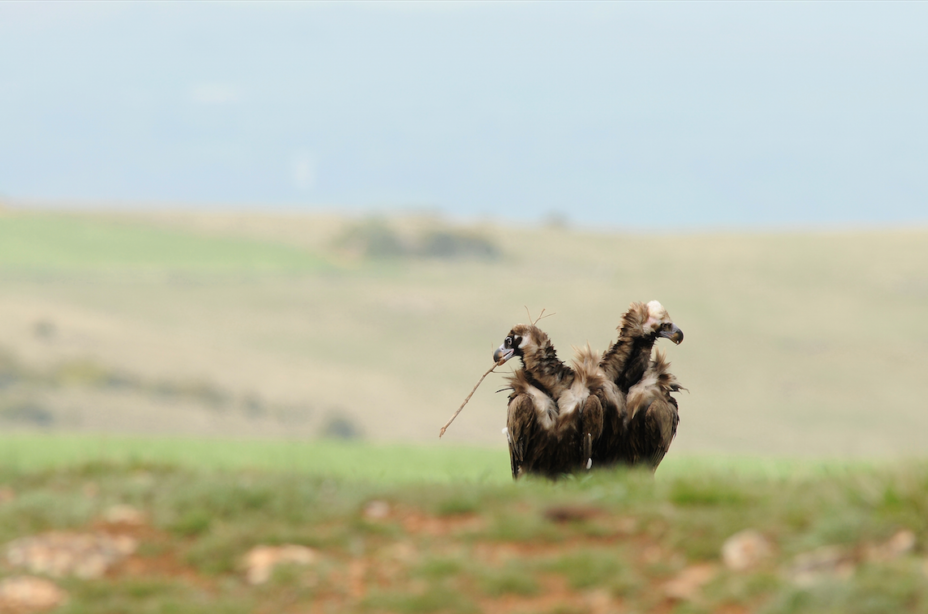A new paper just published in the scientific journal Oryx (2016, 50(1), 104–112) brings evidence that vultures in South Asia are continuing to die due to the illegal use of diclofenac, while they also show that nimesulide, another veterinary drug, may also have a similar effect.
The collapse of South Asia’s Gyps vulture populations is well known and thoroughly studied: Since the 1990s, the populations of Indian vulture species have collapsed by more than 99%. In 2003 scientists identified diclofenac, an anti-inflammatory drug (NSAID) used to treat livestock, as the main cause for this decline. Vultures living on the carcasses of animals recently treated with the drug die from severe kidney failure within weeks of ingesting it.
As a result of the evidence, the governments of India, Nepal and Pakistan banned the veterinary use of diclofenac in 2006. However it seems that this has not removed completely diclofenac from the environment – the authors of the paper analysed results of 62 necropsies and 48 NSAID assays of liver and/or kidney for vultures of five species found dead in India between 2000 and 2012 – which includes periods before and after the diclofenac ban, and evaluate changes over time in the prevalence of visceral gout and NSAID contamination in carcasses of vultures found dead in the wild.
The authors found diclofenac in vultures even after the ban went into force. They also fond nimesulide at elevated tissue concentrations in five vultures, and in four of those the birds had visceral gout, a well-known symptom of diclofenac poisoning, suggesting that nimesulide may have similar toxic effects to those of diclofenac.
Although banned in India for veterinary use, diclofenac is still available for human prescriptions, and in many places people compile large enough vials and use them for cattle, such was the ingrained habit of prescribing veterinary diclofenac to animals.
The results in the paper indicate that diclofenac remained a significant cause of mortality for India’s vultures and that the drug has continued to kill birds long after the regulations to prevent its veterinary use. The proportion of Gyps vultures found dead in the wild in India that had measurable levels of diclofenac in their tissues showed only a small and non-significant decline in the years following the ban on the veterinary use of diclofenac.
The authors also concluded that the veterinary use of nimesulide is a potential threat to the recovery of vulture populations.
This data is worrying news for European vultures, that have been recovering on the last few decades following conservation action – loopholes in European law resulted in the approval of veterinary diclofenac for commercial sale in five European countries, including Spain, where 90% of European vultures live. The VCF and others have been trying to ban the drug from the EU – so far unsuccessfully. The European Medicines Agency confirmed in December 2014 that diclofenac can put vultures in the European Union at risk, but rather than banning the drug the European Commission decided to deal with this threat by suggesting mitigation matters that would prevent the contamination of the vulture food chain by this veterinary dug. The VCF and others think these are unrealistic and it is only a matter of time before diclofenac starts to kill vultures in Europe, once the drug becomes more widespread.
If in South Asia diclofenac – now legally banned there – is still killing vultures, the future of European vultures – where diclofenac is freely available – may be at risk.
You can download the paper below.
![]() Continuing mortality of vultures in India associated with diclofenac – Oryx Diclofenac and nimesulide still killing Adobe Acrobat Document 216.7 KB Download
Continuing mortality of vultures in India associated with diclofenac – Oryx Diclofenac and nimesulide still killing Adobe Acrobat Document 216.7 KB Download
